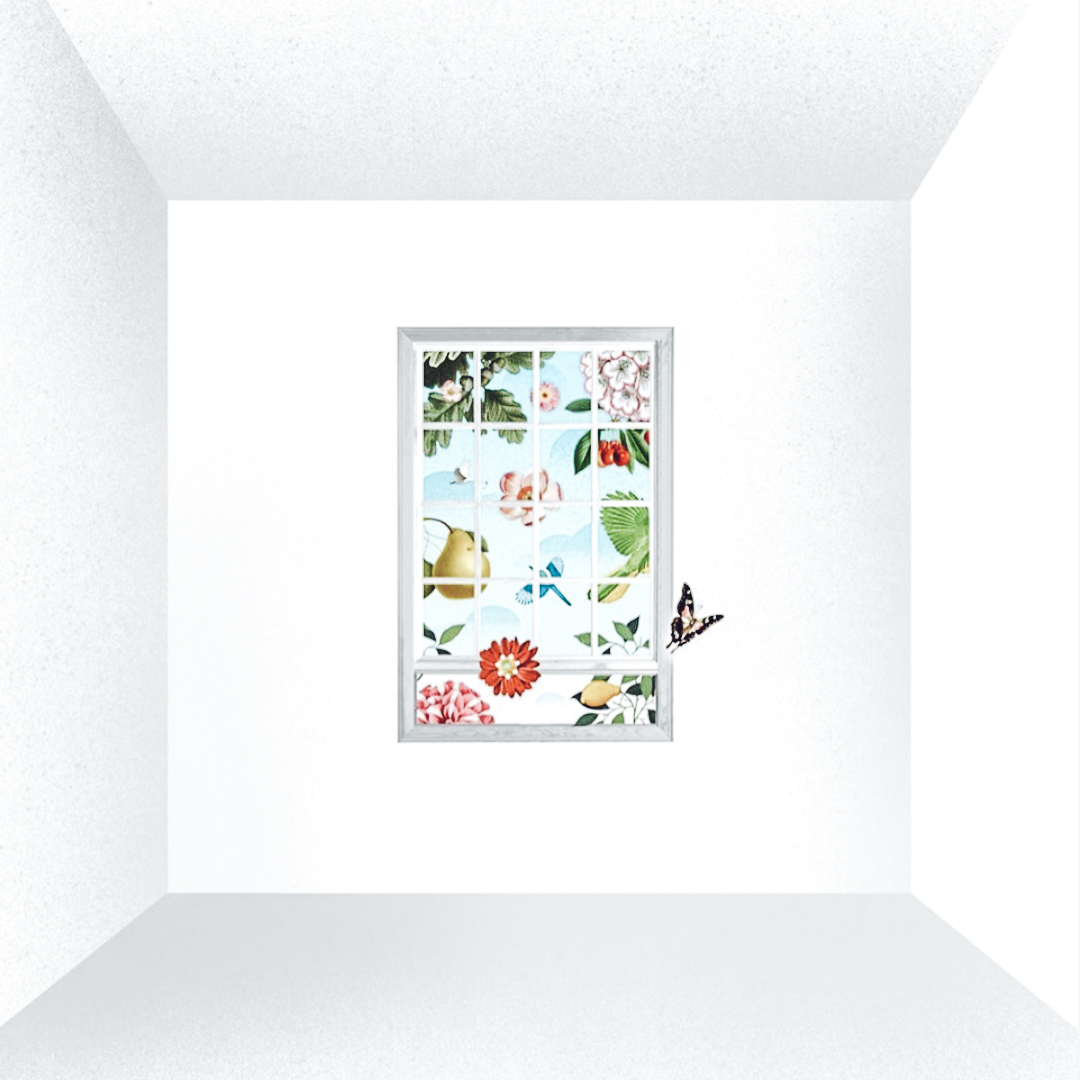
Path to Wellness: Hacking Our Brains’ Five Senses
When we think of paths to wellness, we often think of nutrition & exercise. But tapping the senses can also improve well-being in many surprising ways.
About 1/4 of our brain’s mass is dedicated to processing information from our 5 senses: touch, taste, smell, sight, and sound. Since our brain plays a key role in overall health, “hacking” it through the senses is a creative and often overlooked way to influence wellness.
Smell
Smell carries so many associations – think of the invigorating scent of freshly brewed coffee or nostalgic scent of freshly baked cookies. Smells can lift you up and calm you down, and everything in-between.
The sense of smell, or lack thereof, may also be an indicator of health. Richard Doty, a PhD smell researcher who directs the Smell and Taste Center at the University of Pennsylvania’s medical school, notes that multiple studies have shown that people whose sense of smell becomes heavily dulled over time are at a higher risk for certain diseases. Someday, smell may be used as an early indicator to predict health issues.*
Touch
Oxford’s Charles Spence identified specific types of caressing (of the arm and other areas of the body) that are linked to feelings of well-being. Spence advises anyone recovering from an illness to embrace human-to-human caresses as a way of speeding up recovery. *
Sight
Using color to manipulate human behavior is a well-known marketing tactic. There’s a reason why so many gyms use the color red while office walls are painted taupe. Using color to reinforce mood is a hack anyone can use at home.
And size matters. “A big wound hurts more than a small one, doesn’t it?” ponders Spence. Convincing part of the brain that the wound is smaller may trigger changes in both pain perception and the immune system.*
Sound
Matching your workout to music is a great way to maintain tempo and stay motivated. But it can also help you feel calm & relaxed (think: classical music or binaural beats).
Noise level can also influence brain activity. Ravi Mehta, a PhD consumer psychology researcher at the University of Illinois at Urbana–Champaign, has found that he brain easily filters out a bit of noise, and becomes impaired by a lot of it, but is most productive when there’s a medium amount. “If you need to think more broadly, then noise helps,” he says.* Cue the white noise machine.
Taste
Turns out the “spoonful of sugar” approach is actually science. Spence also performed studies demonstrating that a sweet taste can generally mitigate discomfort or unease in adults as it does with children.
Also, adding sweetness to a nutritious diet can encourage better food choices and help people become more amenable to more healthy food choices (think: adding some strawberries to a salad). *
A multi-sensory approach to wellness is still in its early days from a research perspective, but there are plenty of easy and free ways to experiment with options that may enhance your well-being.
* Want to learn more? Read “Want to Get Healthier? Hack Your Five Senses” by David H. Freeman
Graphic art by Valero Doval.